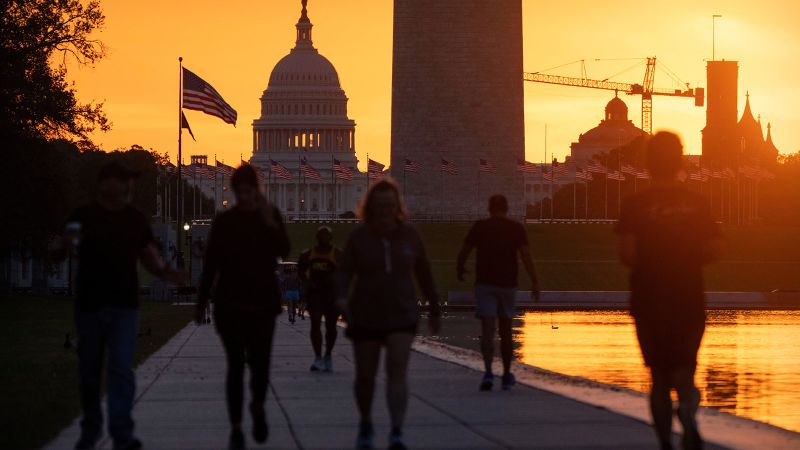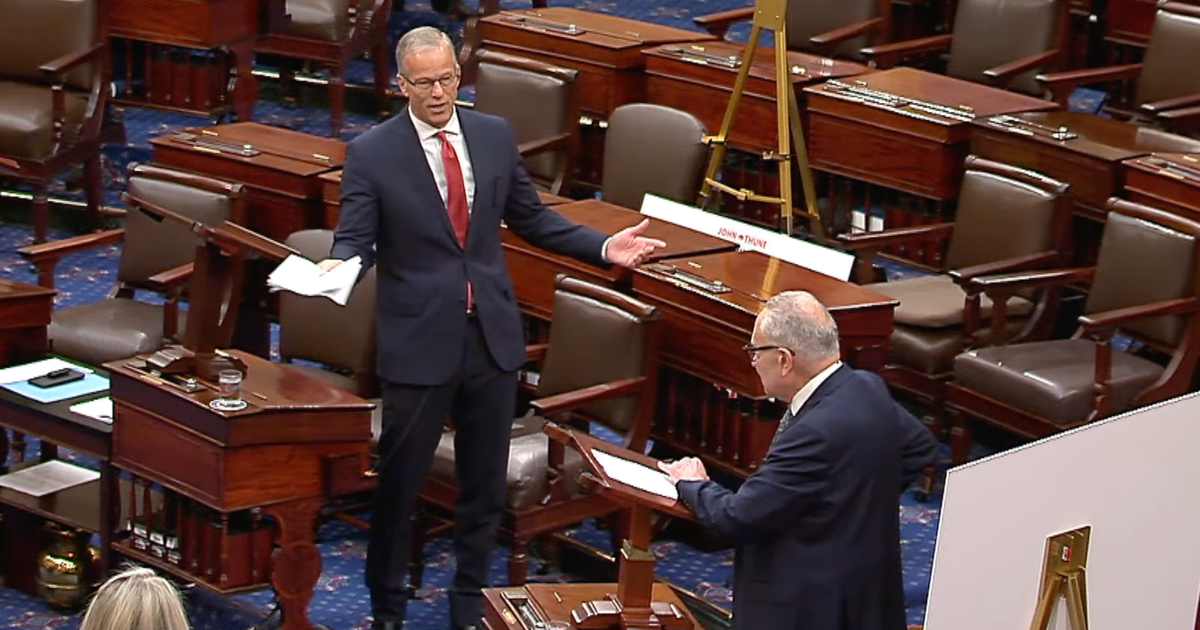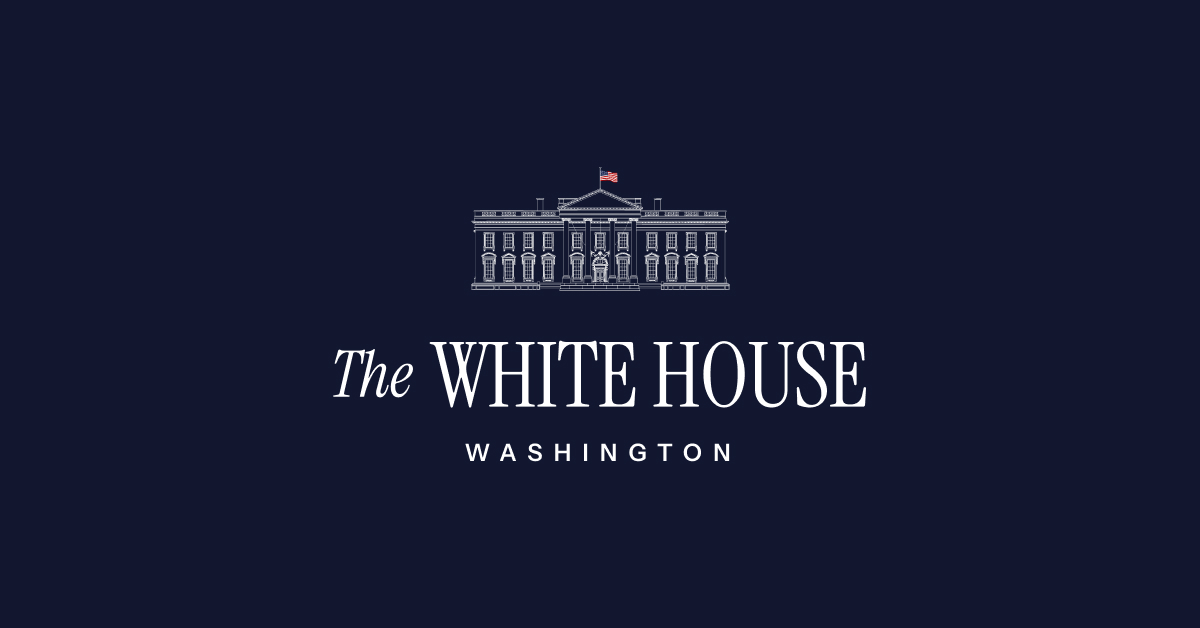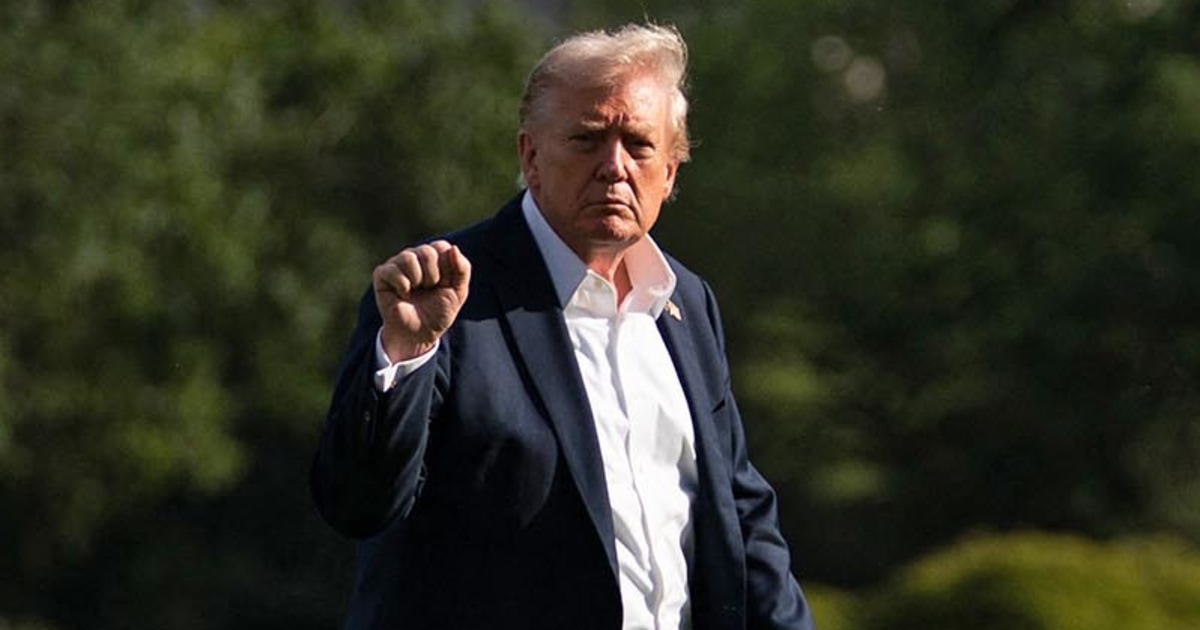White House Confidence in Portland Deployment and Insurrection Act Consideration

White House Confidence in Portland Deployment
The White House remains confident that federal courts will approve their plan to send troops to Portland amid ongoing protests. Officials argue the president has solid legal grounds for this deployment, emphasizing the need to restore order and protect federal property. This stance reflects a broader strategy to address unrest in key cities while navigating judicial scrutiny.
President Trump’s Consideration of the Insurrection Act
Despite legal confidence, President Trump has hinted at a backup plan involving the invocation of the Insurrection Act. This powerful federal law permits the president to deploy military forces domestically to suppress civil disorder. Its use signals a more aggressive approach, underscoring the administration's readiness to escalate federal intervention if necessary.
Legal and Political Implications
The potential invocation of the Insurrection Act raises significant legal and political questions, as it grants extraordinary presidential authority. Some judges, including those appointed by both Republican and Democratic presidents, have expressed caution. The unfolding situation in Portland thus highlights tensions between federal authority and civil liberties during times of unrest.
About the People Mentioned
President Trump
Donald John Trump, born June 14, 1946, in Queens, New York, is an American businessman, media personality, and politician who has served as the 45th and 47th president of the United States. He graduated from the University of Pennsylvania's Wharton School with a degree in economics in 1968 and took over his family’s real estate business in 1971, renaming it the Trump Organization. Over decades, he expanded the company’s holdings into skyscrapers, hotels, casinos, and golf courses, building a high-profile brand often associated with luxury and real estate development. Trump also gained fame as the host of the reality TV show *The Apprentice* from 2004 to 2015[1][3][7]. Trump entered politics as a Republican and won the presidency in 2016, defeating Democrat Hillary Clinton in an unexpected victory. His tenure from 2017 to 2021 was marked by significant policy shifts, including tightening immigration controls, imposing a travel ban on several Muslim-majority countries, expanding the U.S.–Mexico border wall, rolling back environmental regulations, implementing major tax cuts, and appointing three Supreme Court justices. His foreign policy included withdrawing the U.S. from international agreements on climate change and Iran’s nuclear program, and initiating a trade war with China. Trump's handling of the COVID-19 pandemic was widely criticized for downplaying the virus's severity. After losing the 2020 election to Joe Biden, he challenged the results, culminating in the January 6, 2021, Capitol attack. Trump was impeached twice but acquitted both times by the Senate[1][2]. In a historic political comeback, Trump was re-elected and inaugurated for a second non-consecutive term on January 20, 2025, becoming the oldest president to assume office at age 78. He remains a highly influential and polarizing figure in American politics[2][7]. Trump is married to Melania Trump, with whom he has one son, Barron, and has four adult children from previous marriages. He has authored several books, including *The Art of the Deal*, a business bestseller[3][5][7].
About the Organizations Mentioned
White House
The **White House Office** is a central organizational component within the Executive Office of the President of the United States (EOP), tasked with supporting the President in managing day-to-day operations, policy formulation, and political affairs. It is headed by the White House Chief of Staff and staffed by senior aides who report directly to the President, including those with titles such as Assistant to the President and Deputy Assistant to the President. These staff members are mostly political appointees without the need for Senate confirmation, allowing the President considerable discretion in shaping the office to suit each administration's priorities[1]. Historically, the White House Office was established in 1939 through Reorganization Plan 1 and Executive Order 8248 to provide immediate assistance to the President. It functions as the nerve center for presidential staff, physically located primarily in the West Wing, and plays a pivotal role in managing the President’s policy agenda, communications, and political strategy. Its flexible organization allows each President to tailor the staff composition and roles according to their governance style and objectives[1]. In the current context of 2025, the White House Office operates under the administration of President Donald J. Trump, who returned to office after the 2024 election. His administration emphasizes rejecting prior policies deemed extremist and focuses on enhancing quality of life, economic growth, and American energy dominance. The administration includes Vice President JD Vance and First Lady Melania Trump, among others, with a Cabinet advising on various governmental functions[4][6]. Recent initiatives linked to the White House’s operational sphere include the establishment of a new **Department of Government Efficiency (DOGE)** aimed at modernizing federal technology and software to boost government productivity. The DOGE agenda is implemented through the renamed United States DOGE Service within the Executive Office, reflecting a concerted push to leverage technology for administrative modernization[5]. Notably, the White House Office also coordinates national security and homeland security functions through the National Security Council staff, underscoring its central role
federal courts
## Federal Courts: A Comprehensive Overview The federal courts in the United States are a cornerstone of the judicial branch, established under Article III of the Constitution to ensure fair and impartial justice. This system is designed to resolve disputes involving federal laws, the U.S. Constitution, and cases between states or involving more than $75,000 across state lines[1][5]. ### History and Structure The federal judiciary was formalized by the Judiciary Act of 1789, which created the Supreme Court and lower federal courts. Today, the system includes the **U.S. Supreme Court**, 13 **U.S. Courts of Appeals**, and 94 **U.S. District Courts**[3][5]. The Supreme Court is the highest court, hearing cases that involve significant constitutional or federal law issues[3]. The Courts of Appeals review decisions from the District Courts and specific federal agencies[1][3]. ### Key Achievements - **Checks and Balances**: Federal courts play a crucial role in the system of checks and balances by interpreting laws and ensuring they align with the Constitution[1]. - **Major Decisions**: They have made landmark decisions shaping civil rights, business regulations, and technological advancements[5]. - **Jurisdiction**: Federal courts handle cases involving federal laws, treaties, maritime law, and bankruptcy[8]. ### Current Status and Notable Aspects - **Modernization**: The federal courts are continually evolving to incorporate technology, enhancing efficiency and access to justice[7]. - **Support Agencies**: Organizations like the Administrative Office of the United States Courts and the Federal Judicial Center provide administrative and educational support to the judiciary[7]. - **Policy-Making**: The Judicial Conference of the United States, led by the Chief Justice, oversees policy and legislative recommendations for the federal court system[8]. In summary, the federal courts are vital for maintaining legal order and ensuring that laws are applied fairly and consistently across the United States. Their role in interpreting federal laws and resolving inter-state








